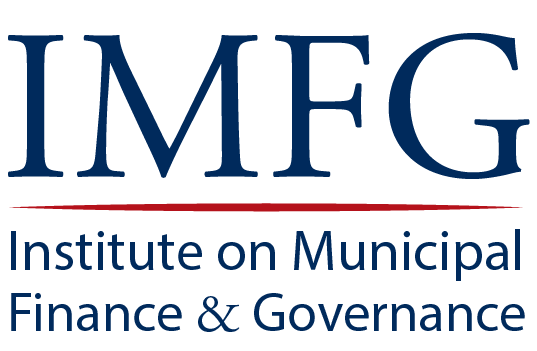The Municipal Role in Immigration
As of June 2024, Canada’s population exceeded 41 million when including temporary foreign workers. Less than two years ago, the federal government announced that Canada would aim to welcome 500,000 permanent residents per year by 2025, a growth in population that excluded temporary foreign workers, asylum seekers, and others.
The vast majority of these new residents will reside in cities resulting in a rising demand for services to support and integrate newcomers. While many of the settlement services required fall within the purview of local government, municipalities do not enjoy any formal powers related to immigration, nor the funds to handle these increased pressures.
The ninth report in the Who Does What series from the Institute on Municipal Finance and Governance (IMFG) and the Urban Policy Lab examines the role that municipalities play in immigration and their ability to fund, manage, and deliver services and implement policies to respond to new arrivals.
Valerie Preston and John Shields show how non-governmental organizations and municipalities support international migrants, the complex links between them and the other orders of government, and the tensions and challenges in these relationships, using examples from Ontario.
Valerie Pruegger explores the journey to get a municipal immigration policy approved by Calgary City Council, how it was subsequently implemented, and the various barriers encountered along the way. She identifies the strategies that were successful in overcoming these challenges.
Mireille Paquet and Sivakamy Thayaalan examine what is needed to help municipalities handle the situation of residents who live with precarious immigration status or without any immigration status. They argue that municipalities need to have a role in the governance of immigration in Canada.
Read the online report
Read the PDF
